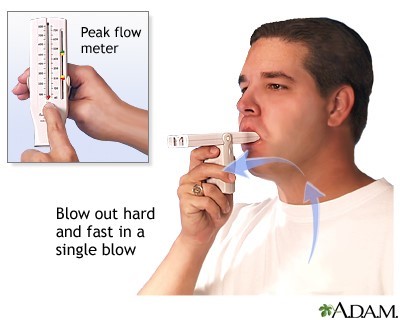A nurse is showing a newly licensed nurse how to use a mechanical lift.
Which of the following statements by the newly licensed nurse indicates an understanding of this assistive device?
“The device requires the client to use upper body strength.”.
“The lower end of the sling goes below the client’s calves.”
“The sides of the sling are for the client to hold on to.”.
“This type of device is useful for a client who cannot assist.”.
The Correct Answer is D
The correct answer is choice D. This type of device is useful for a client who cannot assist.
A mechanical lift is used to transfer residents who cannot support their own weight.
It does not require the client to use upper body strength, as choice A suggests.
The lower end of the sling should go under the client’s thighs, not below the calves, as choice B states.
The sides of the sling are not for the client to hold on to, but for the caregiver to attach to the hooks on the lift, as choice C implies.
Therefore, choices A, B and C are wrong because they do not reflect the proper use of a mechanical lift.
Nursing Test Bank
Naxlex Comprehensive Predictor Exams
Related Questions
Correct Answer is A
Explanation
This is because the nurse should first assess the client’s baseline knowledge and readiness to learn before providing any teaching.
The nurse should also tailor the teaching to the client’s individual needs and preferences.
Choice B is wrong because showing the client a video demonstration of peak flow meter use may not be the most effective way of teaching if the client has different learning styles or needs.
The nurse should also involve the client in the learning process and not just rely on passive methods.
Choice C is wrong because observing the client using the peak flow meter is an evaluation step that should be done after teaching and reinforcing the correct technique.
The nurse should not assume that the client knows how to use the peak flow meter without assessing their knowledge first.
Choice D is wrong because emphasizing the importance of the daily use of the peak flow meter is a motivational strategy that should be done after assessing the client’s knowledge and providing teaching.
The nurse should also explain the rationale and benefits of using the peak flow meter, not just tell the client to do it.
A peak flow meter is a small device that measures how fast a person can forcefully blow air out of their lungs in one fast breath.
It is one indicator of airways changes that may occur in people with asthma or COPD.
To get a peak flow meter, speak to a doctor.

Correct Answer is C
Explanation
The correct answer is choice C. “Dangle your legs over the side of the bed.” This helps prevent orthostatic hypotension, which is a form of low blood pressure that happens when standing after sitting or lying down.
Dangling the legs over the side of the bed allows blood to flow back to the heart and increases blood pressure before standing up.
Choice A is wrong because “Perform regular isometric exercises.” Isometric exercises are muscle contractions without movement, such as squeezing a ball or clenching a fist.
These exercises do not help with orthostatic hypotension because they do not improve blood circulation or blood pressure.
Choice B is wrong because “Increase your intake of protein.” Protein intake does not affect orthostatic hypotension directly.
However, staying hydrated by drinking plenty of fluids can help prevent or manage the condition by maintaining blood volume and blood pressure.
Choice D is wrong because “Use your incentive spirometer.” An incentive spirometer is a device that helps improve lung function after surgery by encouraging deep breathing.
It does not prevent orthostatic hypotension because it does not affect blood pressure or blood flow.
Whether you are a student looking to ace your exams or a practicing nurse seeking to enhance your expertise , our nursing education contents will empower you with the confidence and competence to make a difference in the lives of patients and become a respected leader in the healthcare field.
Visit Naxlex, invest in your future and unlock endless possibilities with our unparalleled nursing education contents today
Report Wrong Answer on the Current Question
Do you disagree with the answer? If yes, what is your expected answer? Explain.
Kindly be descriptive with the issue you are facing.
